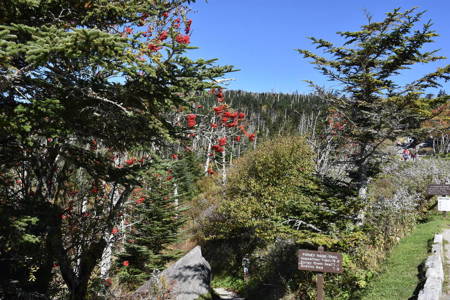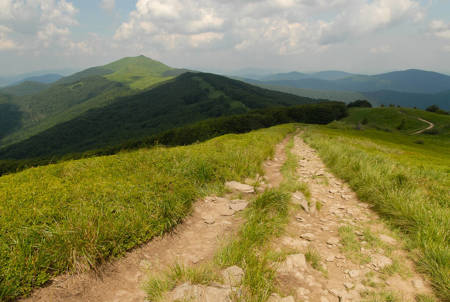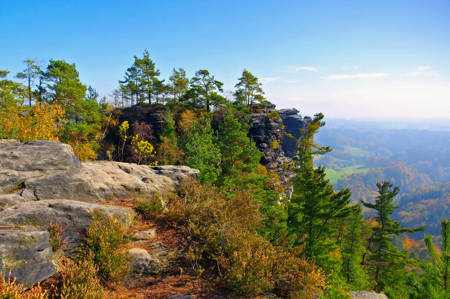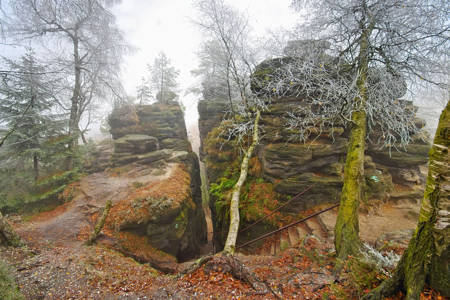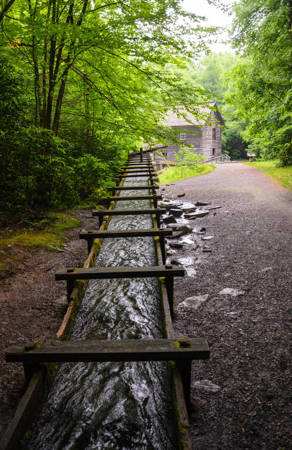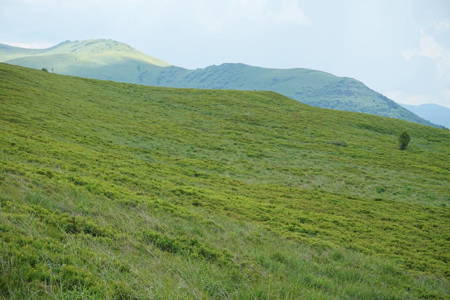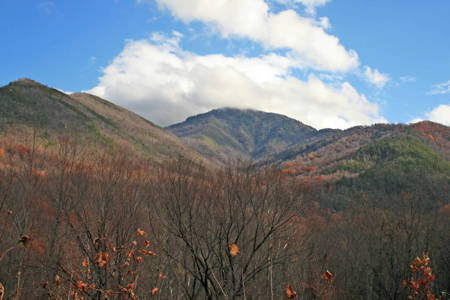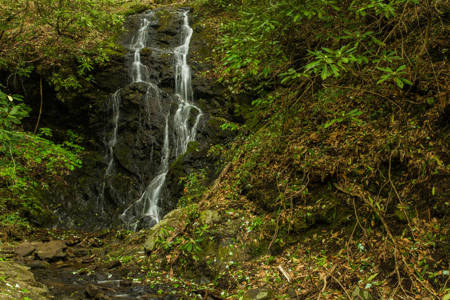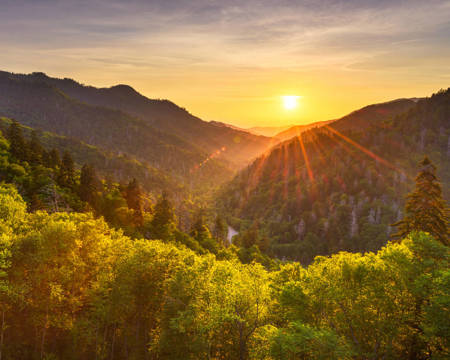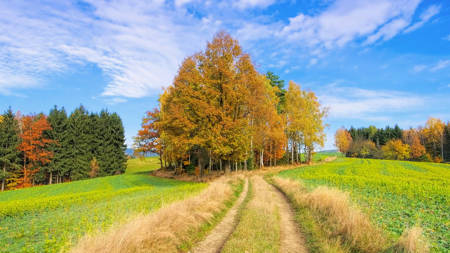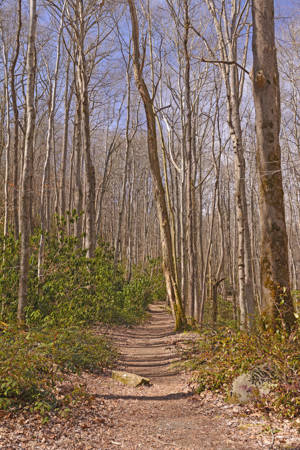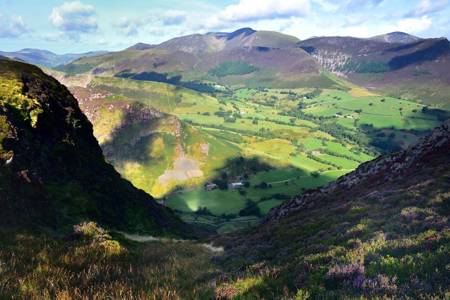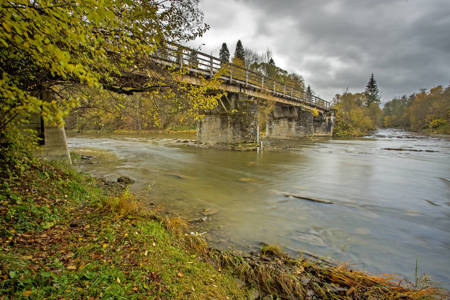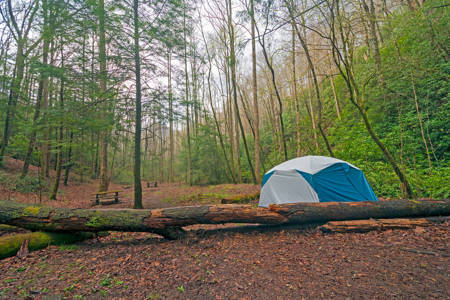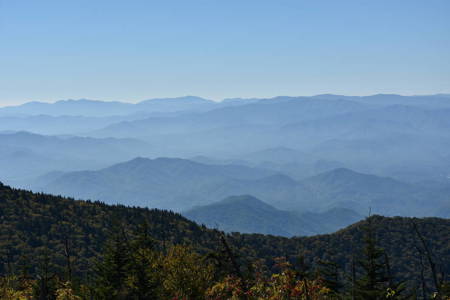Discovering Earth's Majestic Peaks: A Comprehensive Mountain Landscapes Study
| Total images | : 67,550 |
| Type | : organic |
| Category | : Scenes |
| Resolution | : Up to 1024px |
| Storage size | : Up to 12 Gb |
| File format | : JPEG |
The Mountain Landscapes Collection is a meticulously compiled collection that offers a profound insight into the breathtaking and diverse world of mountainous terrains across different continents and climates. It serves as an invaluable resource for geologists, travelers, researchers, and nature enthusiasts intrigued by the captivating peaks, valleys, and terrains that define our planet's high-altitude wonders.
Leveraging the power of AI and machine learning, this dataset reveals new dimensions for geological research and landscape appreciation. By employing advanced algorithms, researchers can identify hidden patterns in mountain formations, erosion trends, and biodiversity variations across ranges. Machine learning models can predict the potential shifts in mountain ecosystems based on historical and contemporary data, offering a glimpse into the future of these majestic natural formations.
The Mountain Landscapes Collection, enhanced by AI and machine learning capabilities, transcends traditional geological datasets, offering dynamic insights and predictive capabilities that revolutionize how we understand mountain geology, ecology, and the intricate relationships between altitude and biodiversity. Here are some of the potential applications of this dataset:
1. Mountain Formation Analysis: Machine learning algorithms can help geologists and earth science professionals in understanding mountain formation processes by analyzing parameters such as rock types, tectonic movements, and erosion patterns.
2. Climate Impact Study: AI models can predict the impact of climate changes on mountainous regions, considering factors like snowfall patterns, glacial movements, and biodiversity shifts.
3. Biodiversity Insights: AI can analyze the flora and fauna specific to different mountain ranges, providing insights into the delicate ecosystems and their conservation needs.
4. Erosion and Landscape Changes: Machine learning can assess the rate and impact of erosion on mountain landscapes, aiding conservationists in planning and implementing measures to mitigate the effects.
5. Historical Mountain Changes: AI can trace historical shifts in mountain landscapes based on available data, offering a richer understanding of our planet's geological history.
6. Tourism and Recreation Potential: AI-powered evaluations can spotlight areas of significant scenic beauty or recreational potential, assisting tourism boards and adventure companies in planning and promotion.
Environment: Commercial stock
Angle: Random
Augmentation: None
AR: Various
ACCURACY
This dataset contains a tolerance margin of 5% to 10% of associated images which might not reflect 100% accuracy in the metadata or image. For instance, an image of related terrain or flora might appear due to its association with mountainous regions. All metadata in this dataset has been created manually and might contain a low margin of error. The maximum resolution of each image might vary.
128px
$199
256px
$899
512px
$1,499
1024px
$2,499
Sample images in this dataset



